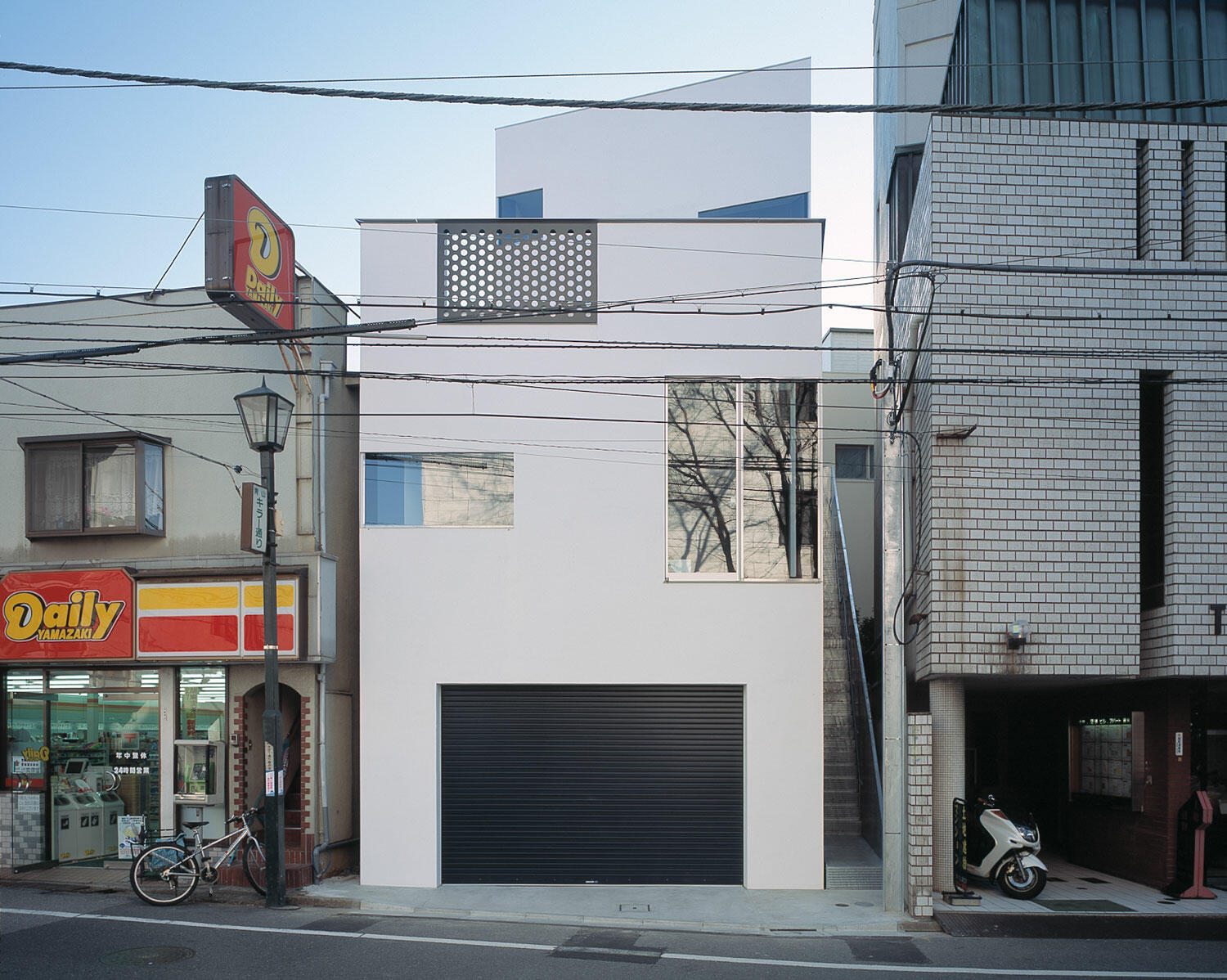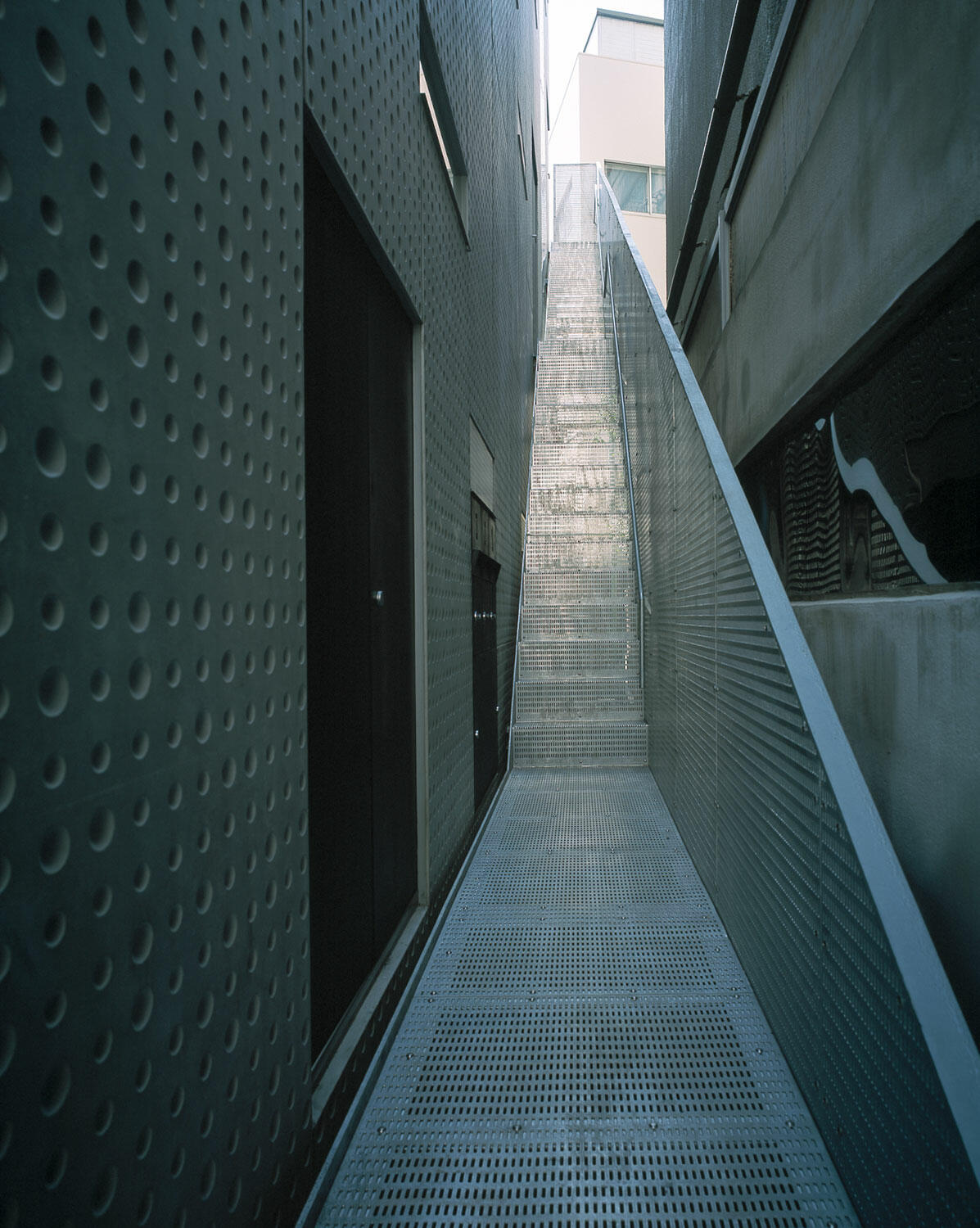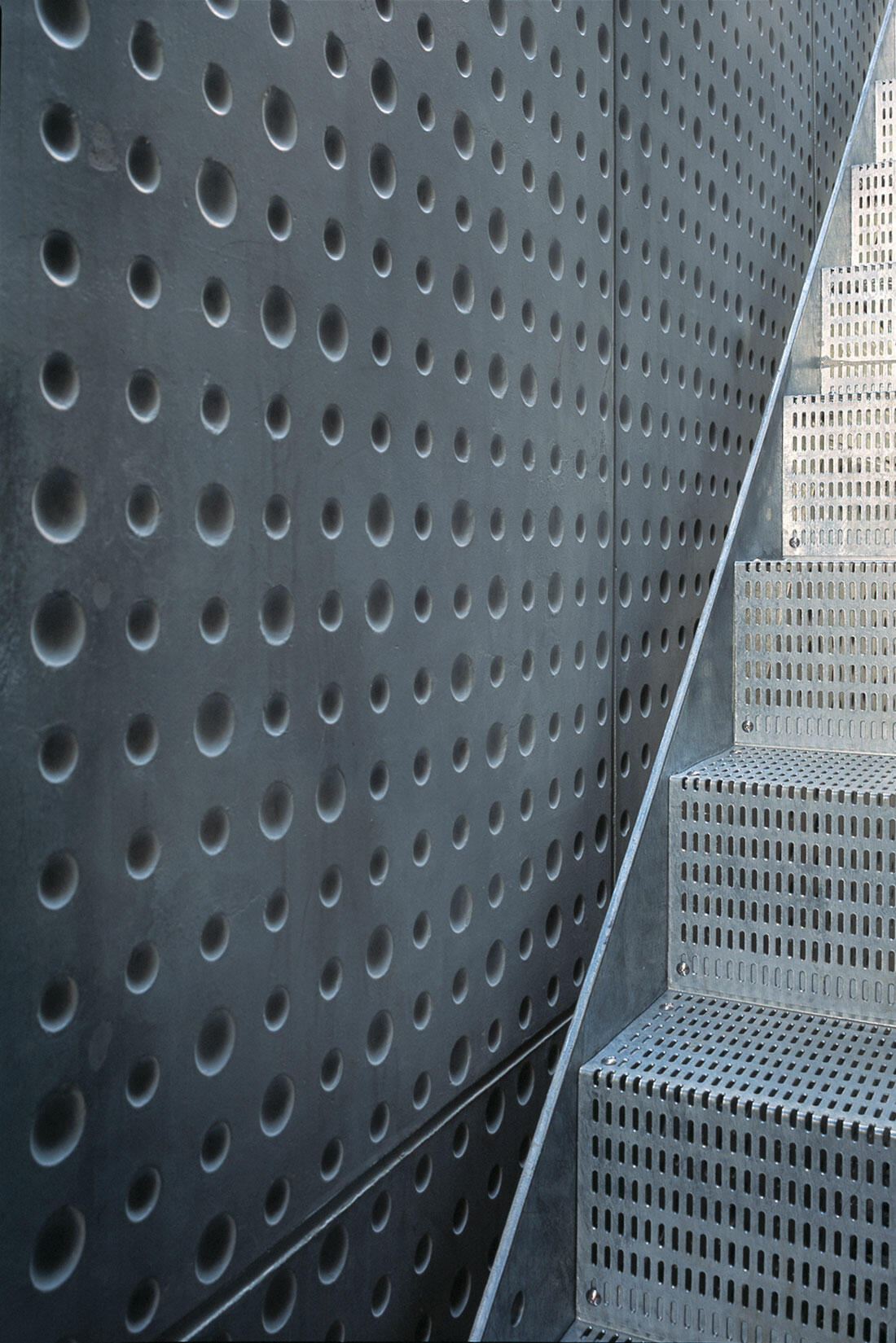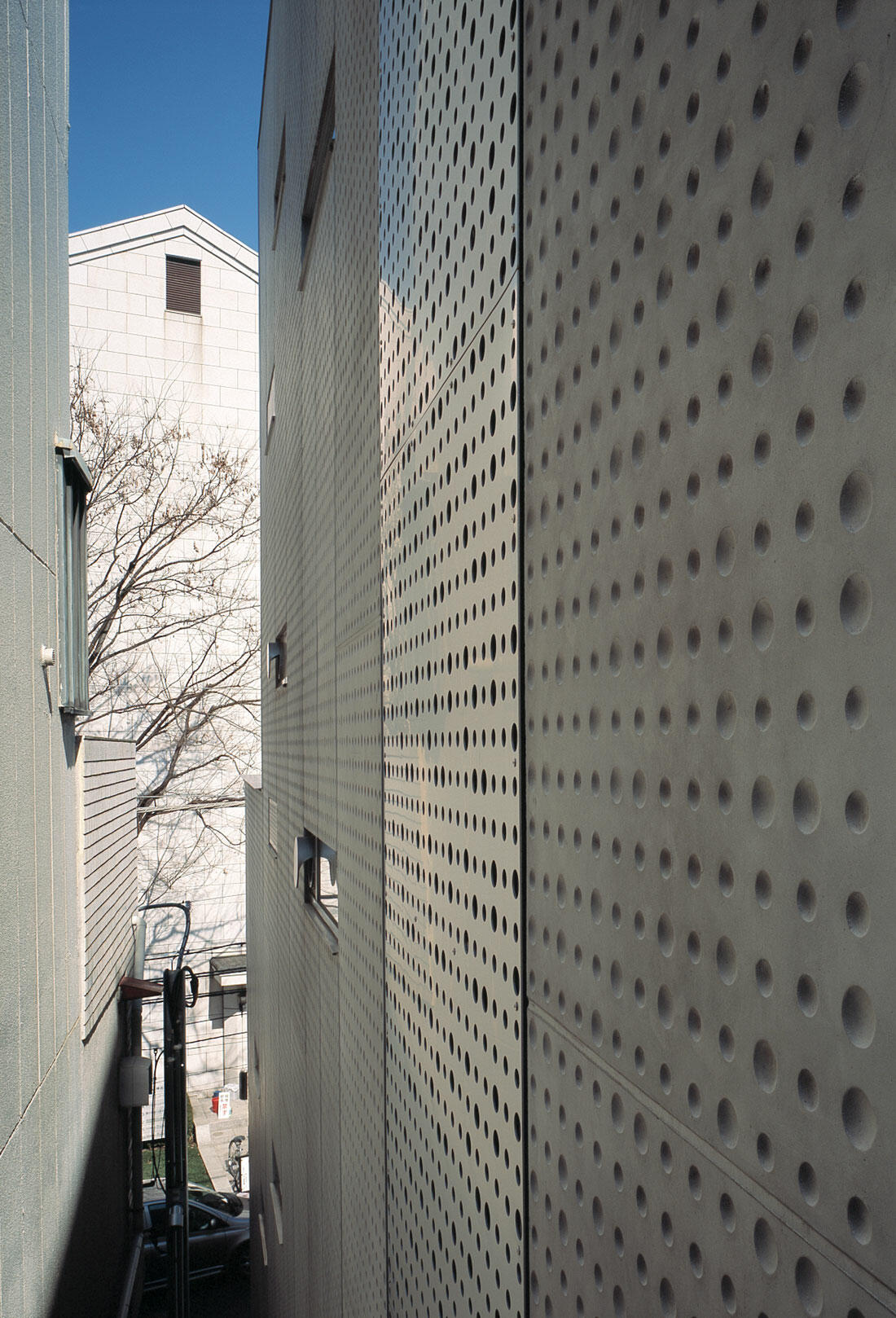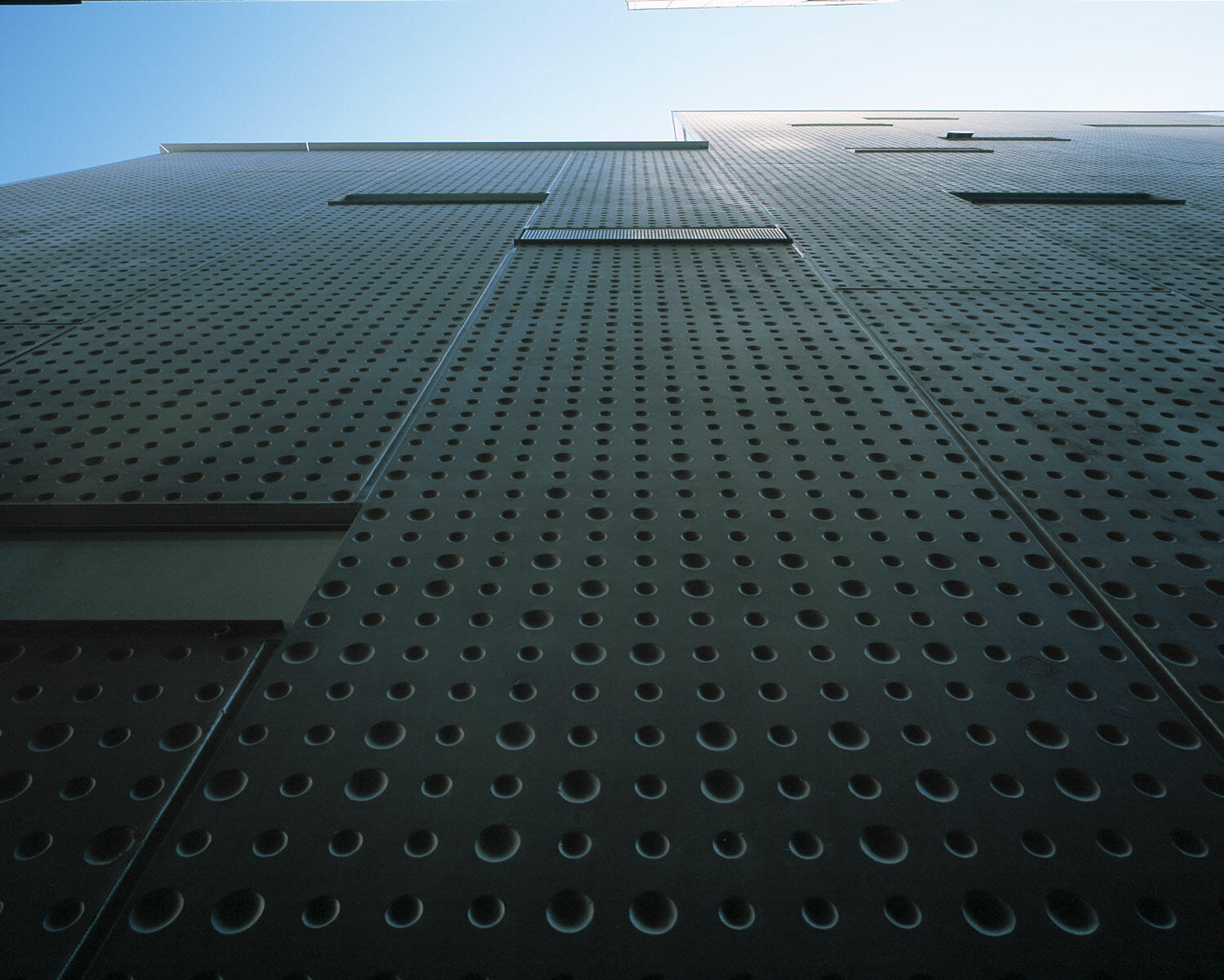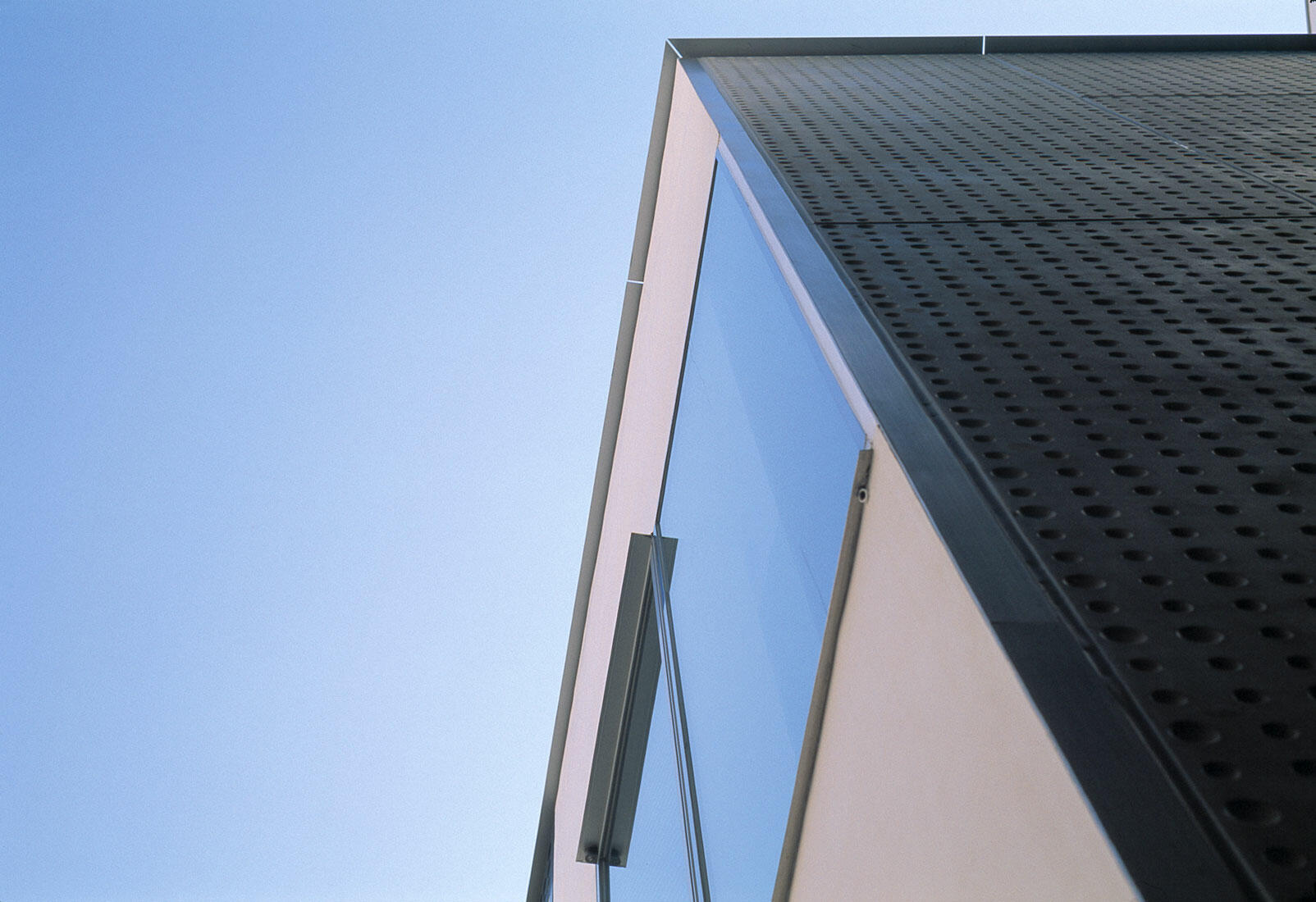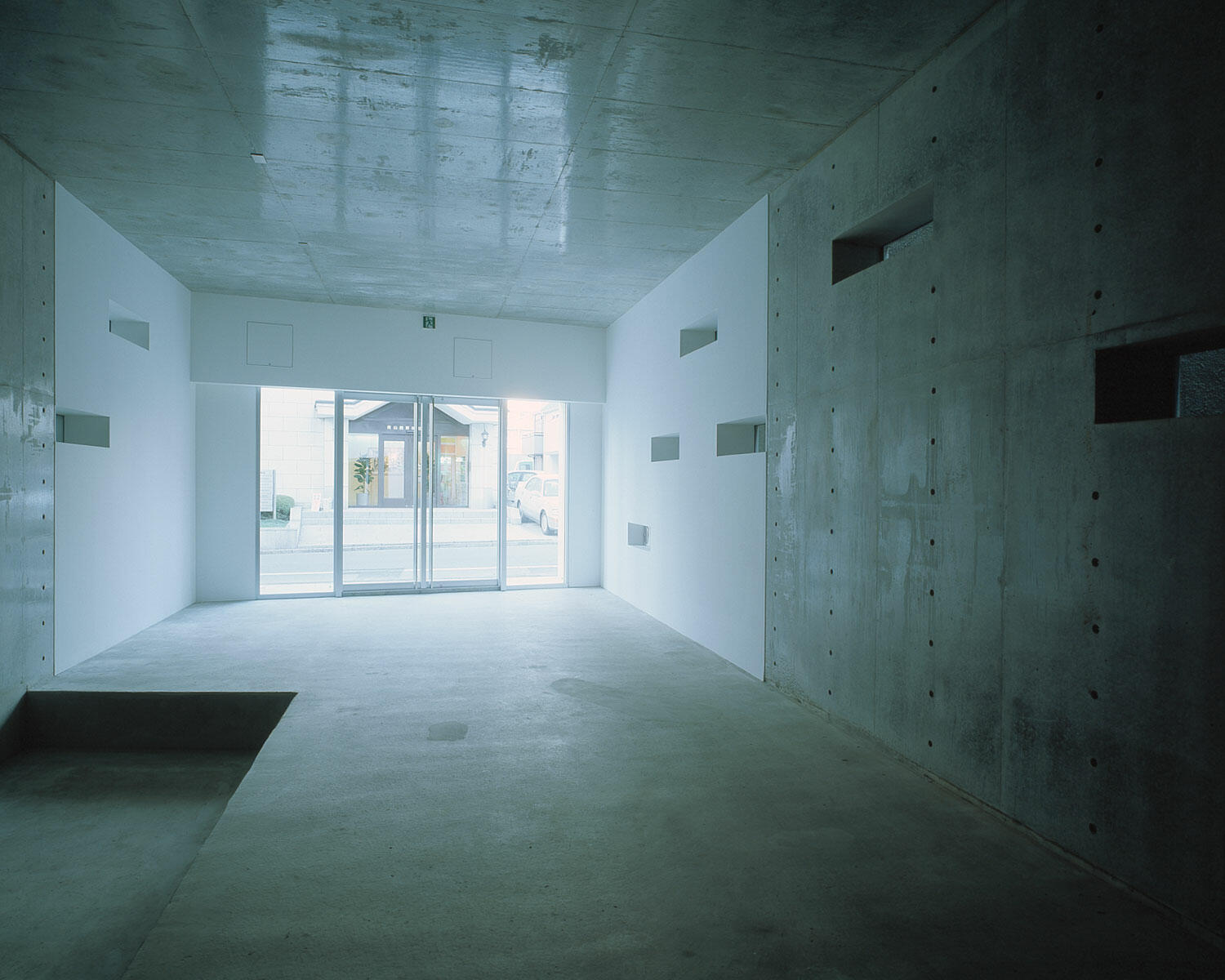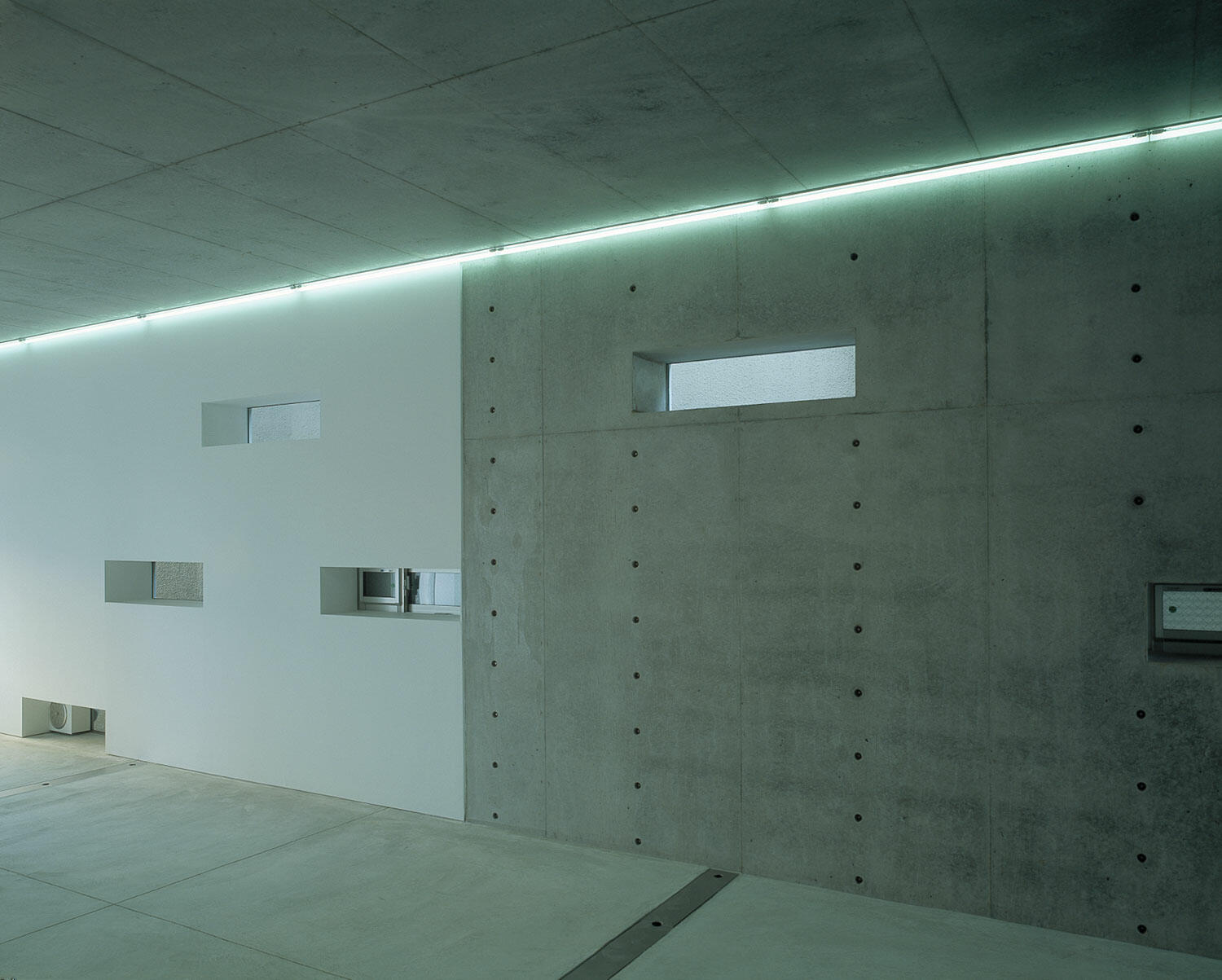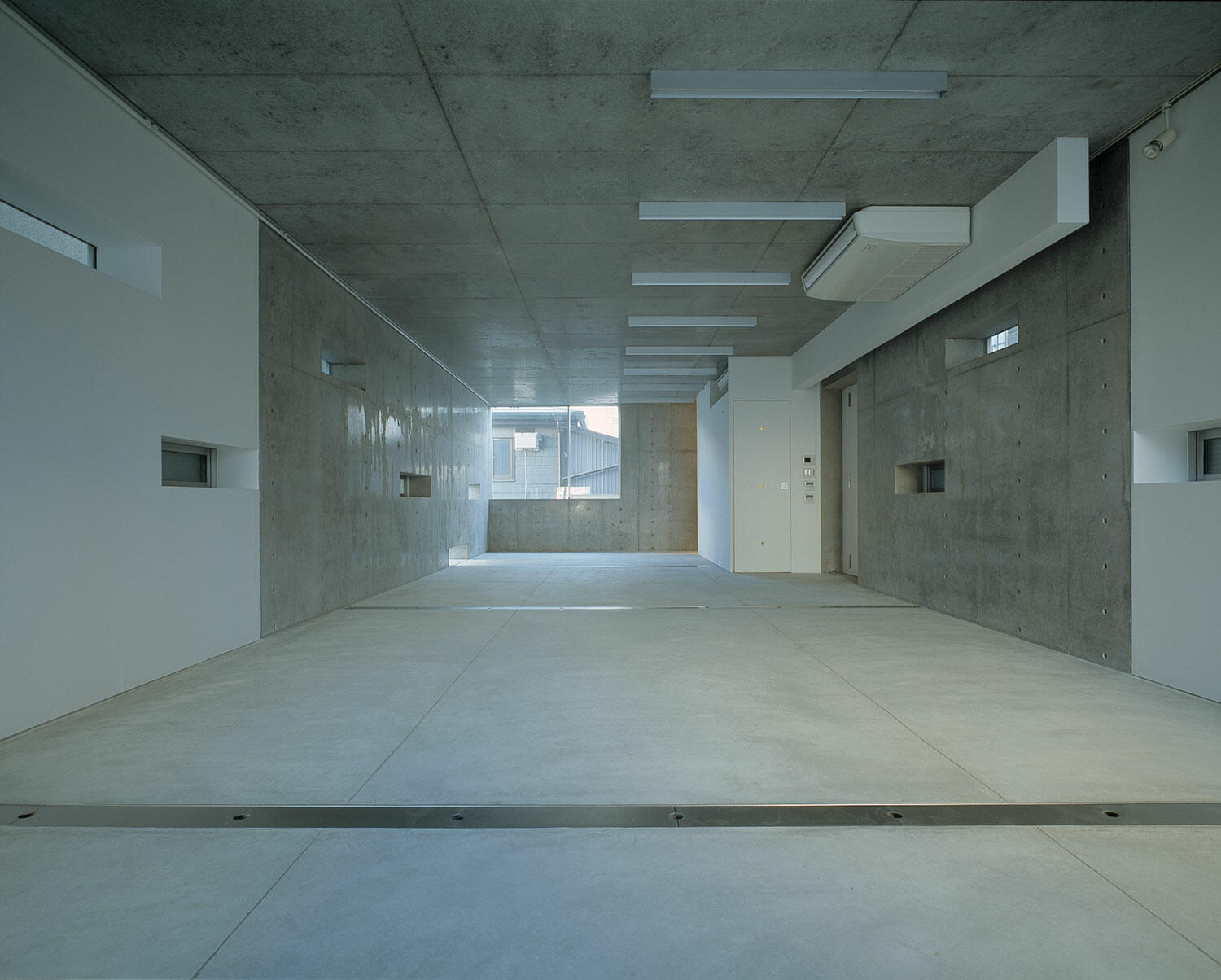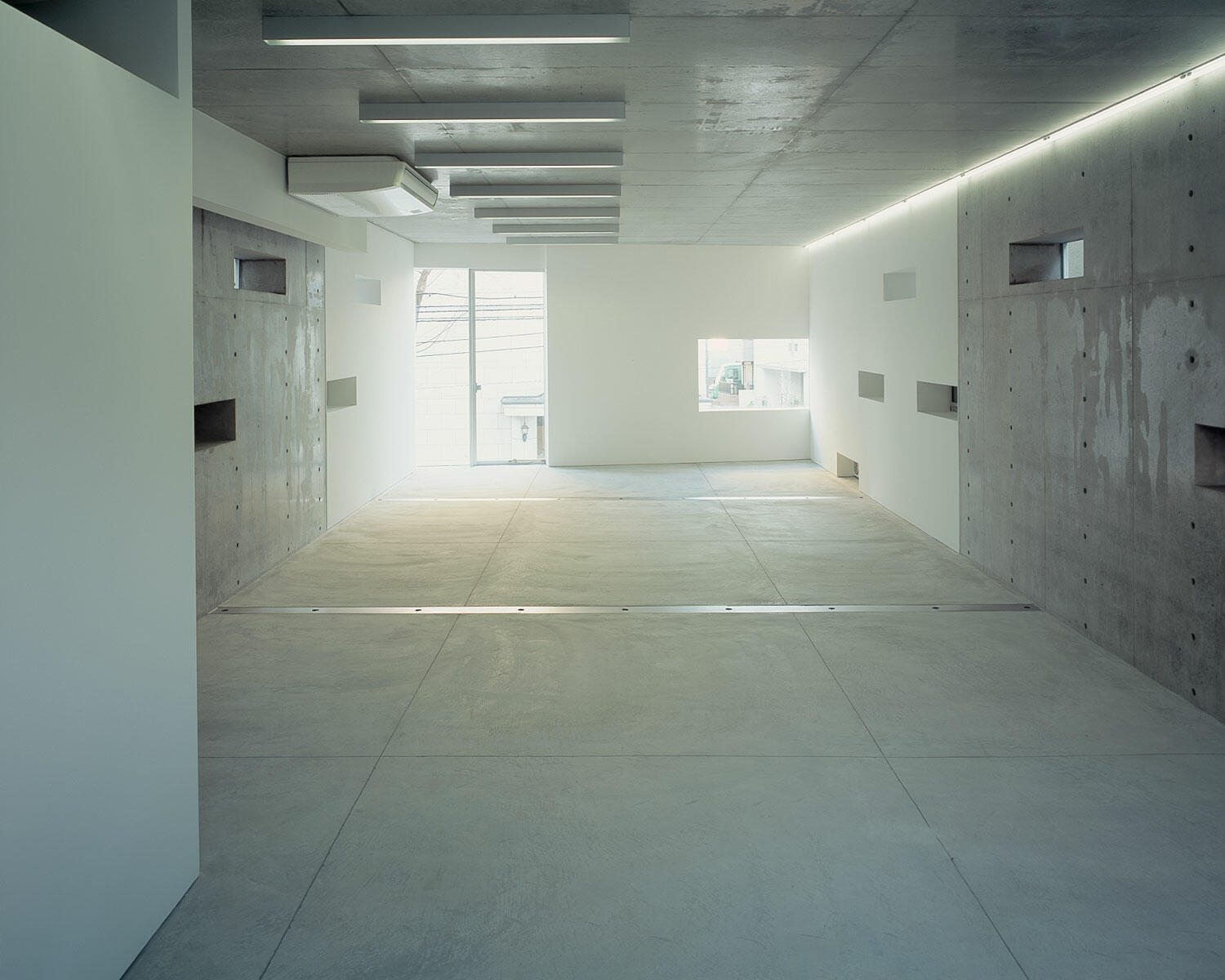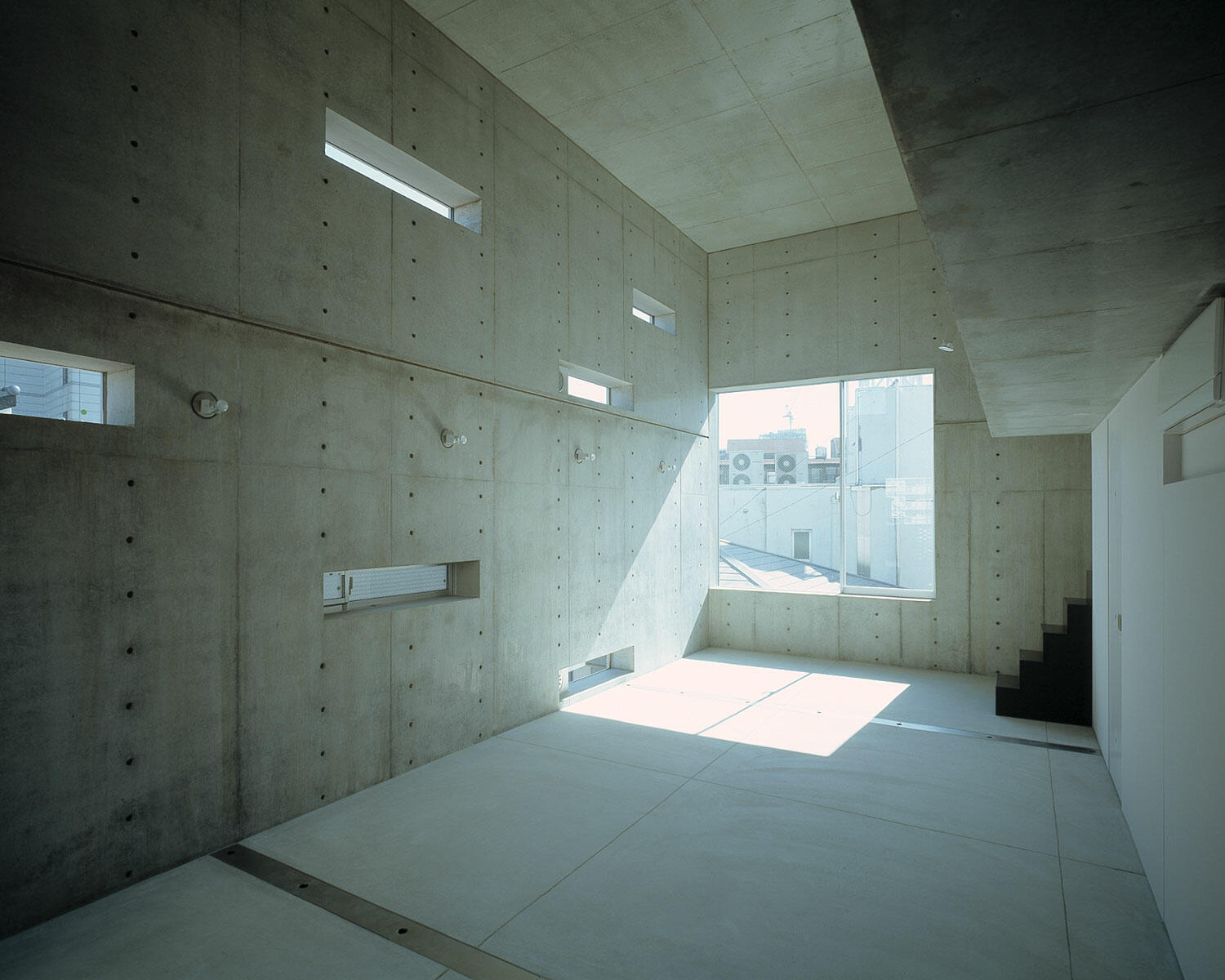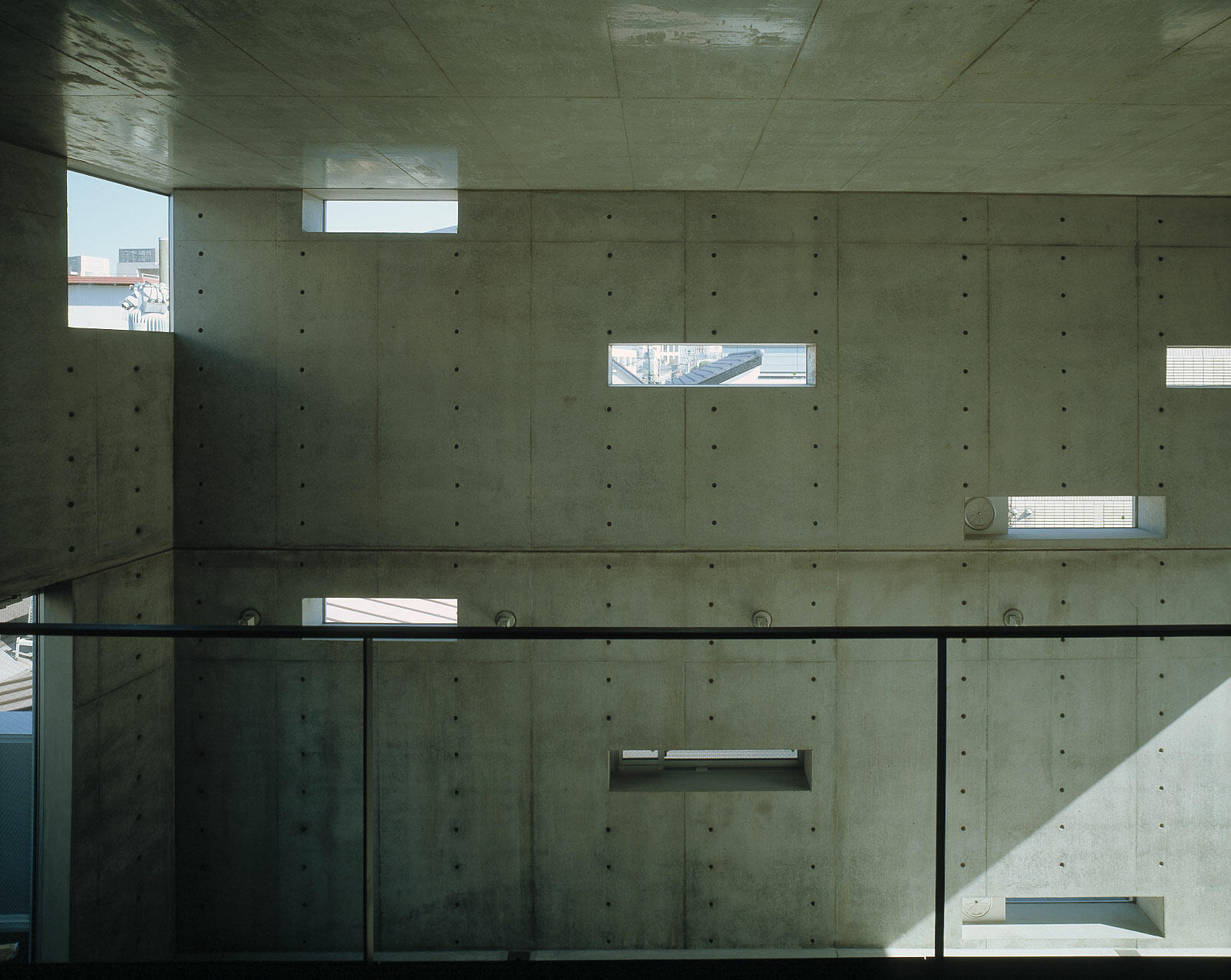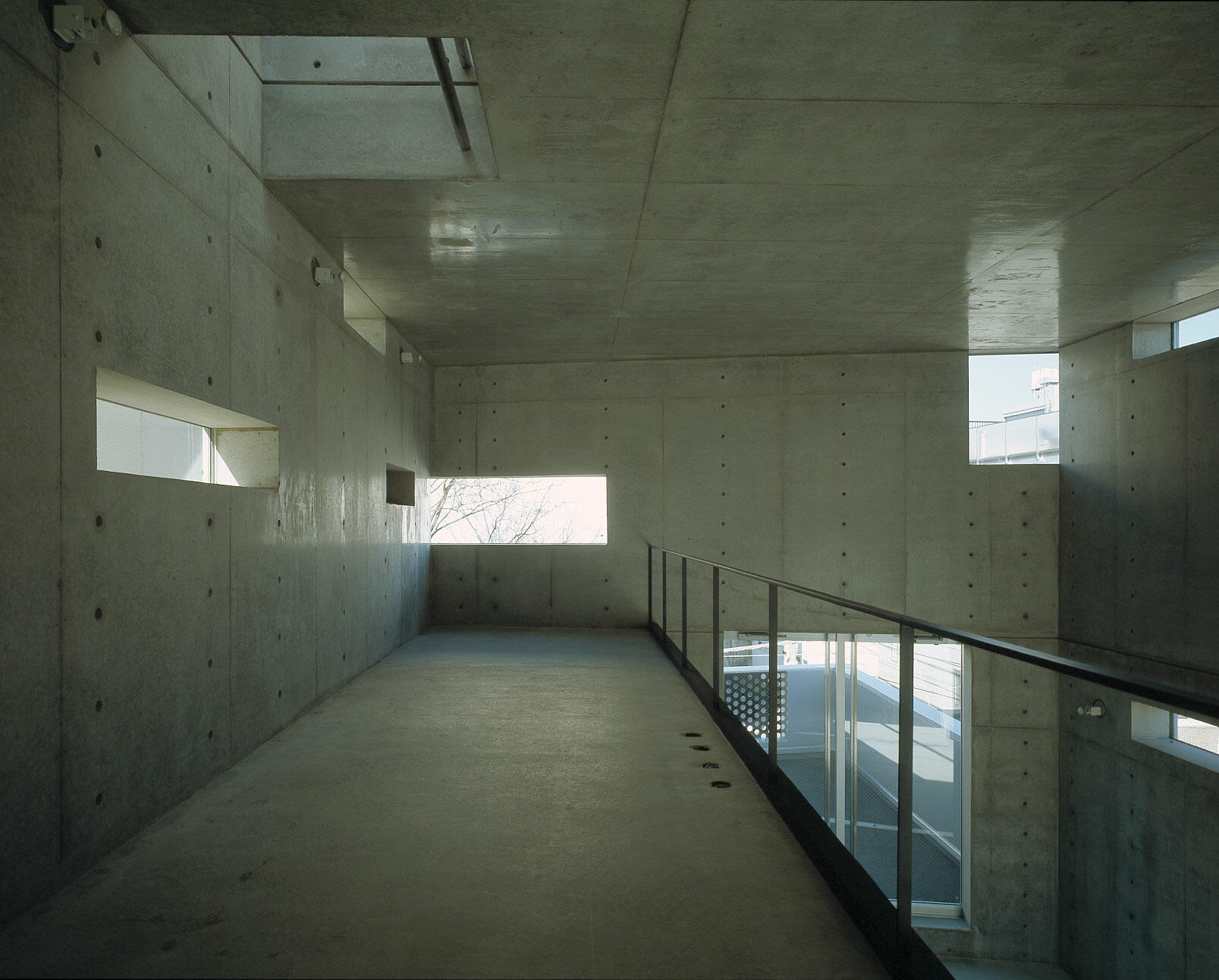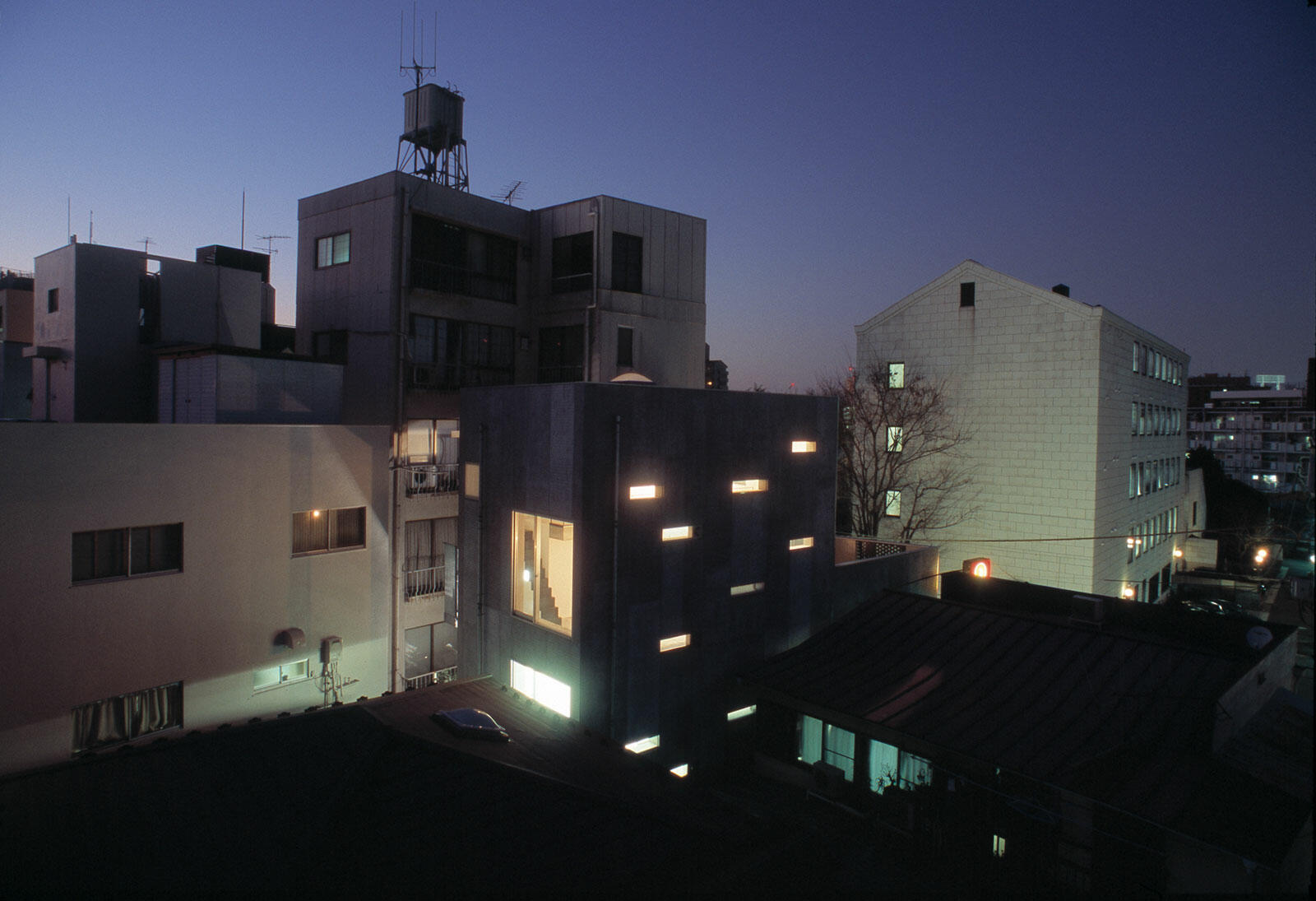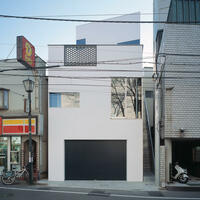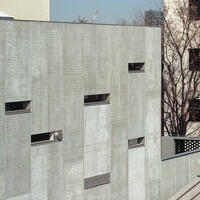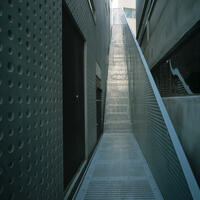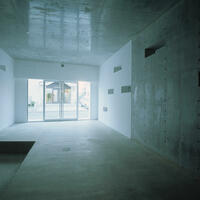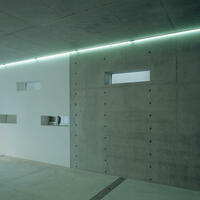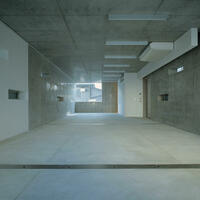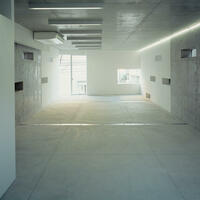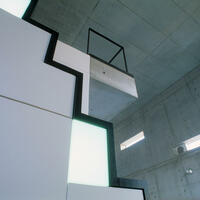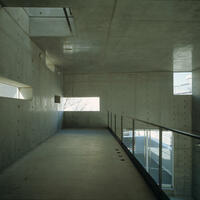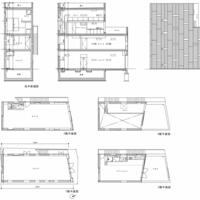Meg Building
Jingumae, Shibuya, Tokyo, JAPAN
An ‘Empty Box’ standing still in the ever-changing city
| Architect | Furuya Nobuaki+NASCA |
|---|---|
| Usage | Shop + Office + Apartment |
| Structure | RC+S |
| Size | 4F |
| Site area | 96.66㎡ |
| Area | 189.88㎡ |
| Completion | 2007.02 |
| Publishing | Shinkenchiku 2009.02 |
This project began 20 years ago. It was decided that an area of 30 tsubo, on which there used to be a house and printing office, was to be reduced to 20 tsubo, because a road was to be constructed as a part of a city planning initiative. The conditions were pretty tough because the lot available included north slant restrictions. The first plan we arranged was to build a house in which the first floor would be occupied by the owners and the ground floor would be rented. However, the plan was abandoned because of the collapse of Japan’s overheated stock market and real estate. Later, we rearranged the plan so that the building could be used both as a two-family house and warehouse, but this, too, was canceled. Finally, the plan that the building include a shop and two houses in Soho-style was approved.
During that time, business conditions fluctuated unstably, while the road construction plan was not carried out for 45 years, and probably will not be pursued. The empty lot standing still in the corner of a big city seemed as if it were a bubble drifting among the waves that are called the economy. I know there must be quite a few empty lots like this in big cities.
How can I, as an architect, deal with this problem? I thought it was my duty to plan a building which is ‘invincible’ against the tides of time. In this context, ‘invincible’ means ‘flexible.’ Having said that, however, if I built a mere warehouse, that could not be regarded as the most appropriate utilization of the lot. What I wanted to make was a sort of ‘empty box', which was seemingly aimless, but in fact flexible regarding any interior alterations. As there was no room between the adjoining buildings, I chose an embosses design GRC insulating panel for the frame. As a result, I could save precious space, and a great deal of trouble. The exterior was insulated, and as for the interior, the walls were left bare. The outside separator was placed on the joints between the panels and the inside separator was in the middle of a mould. In addition, I made use of the open spaces between the GRC insulating panels as windows. I arranged the openings on each floor at random, some high, others mid-height, and some low. I also made a hollow space like a cave, so that it can be used as a spare sleeve for either air conditioning or supplying and draining water. Although the side of the building facing the road could not be constructed with reinforced concrete and was constructed with steel, I continued the same panel style for the exterior. I covered the exterior of the PS parts with aluminum perforated sheets with the same pattern. What people expect from the city and their way of life greatly changes in 10 years. Big cities, which are closely connected to business fluctuations, change especially rapidly. Compared to this unpredictable flux, buildings are long-lived and scarcely change. The former owner, who ran the printing office on this spot, had passed away and his children inherited the estate. After a lengthy period of time, I could finally make good on my promise with the former owner.
Photos: Asakawa Satoshi
